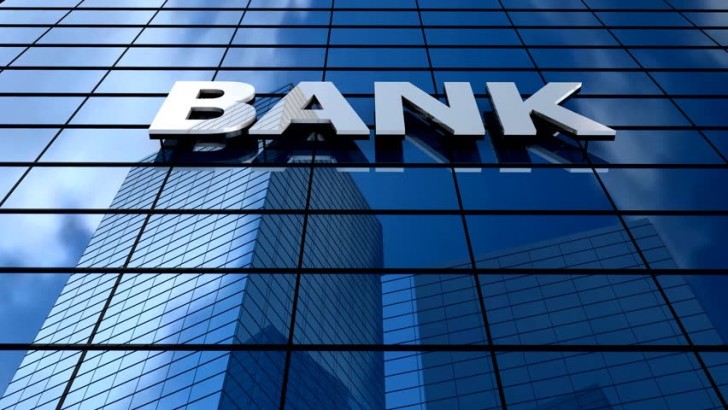Industry wide adoption of blockchain, according to the CEO of Sberbank, is just around the corner and will be used commercially by 2019. Herman Gref, the leader of Russia’s largest bank believes that the technology is maturing and the industry is weeding out the undesirables as the hype dies down.
The hype surrounding the technology has passed, and it has entered a stage of industrial development,” Gref informed Tass, a Russian news portal, “The technology will take a year or two to be applied on an industrial scale.
Vocal Proponent
In a very contrasting role for a financial organization’s head, Gref has openly supported the technology and its associated cryptocurrencies. In early 2017, he had predicted commercialization of blockchain technology before the end of the decade and his latest prediction is also in line with that belief. At that time, Gref had also pointed out that Russia Deputy Prime Minister, Igor Shuvalov was looking into the possibility of integrating blockchain technology in “virtually all industries” in the country.
The CEO has shown his disappointment many times in the past when it comes to Russia downplaying the technology and its benefits in what he sees as the state unwilling to loosen its grip.
“I don’t think that the state is ready to yield its centralized role in emission of fiat currency to some other decentralized institutions”, he said in summers this year at Astana Finance Days in Kazakhstan.
Central Powers And Crypto
Gref, although seeing the decentralized technology in mainstream use in the next two years, still sees cryptocurrencies struggling against state elements. According to him, digital assets have still another decade worth of fight left in their acceptance. Governments have always been efficient and effective when in control and centralized. They are now uncomfortable with a form of money that is not in their control. “I’m optimistic about 10 years,” he said. “Maybe 10 years will be visible beyond the horizon, but so far it’s not likely that any state is ready to part with the centralized money-supply model.”
 Saad Ullah
Saad Ullah

 Saad Ullah
Saad Ullah

